There are still 9 ministries and 12 localities that have not completed the registration of subjects for inventory of surplus public assets after the streamlining of the apparatus. Meanwhile, the whole country has 11,034 unused and misused real estate facilities.
This is the information shared by Mr. Nguyen Tan Thinh - Director of the Department of Public Asset Management ( Ministry of Finance ) at a press conference on the general inventory of public assets and management of public assets after the merger and streamlining of the apparatus on the morning of March 14.
Slow progress in inventorying public assets
According to Mr. Thinh, the deadline required by the Ministry of Finance is no later than February 20. However, by the end of March 13, there were still 9 ministries and central agencies that had not completed the registration of inventory subjects.
They are the Office of the National Assembly, the Ministry of Industry and Trade, the Ministry of Transport (merged with the Ministry of Construction ), the Ministry of Labor, Invalids and Social Affairs (merged with the Ministry of Home Affairs and transferred tasks to other ministries), Vietnam Social Security, the Vietnam General Confederation of Labor, the Central Committee of the Vietnam Veterans Association, the Vietnam Union of Friendship Organizations, and the Vietnam Union of Science and Technology Associations.
In addition, there are also localities: Hanoi , Can Tho, Binh Duong, Binh Phuoc, Binh Thuan, Dien Bien, Ha Nam, Hau Giang, Kien Giang, Quang Tri, Soc Trang, Thanh Hoa that have not completed the registration of inventory subjects.
Regarding the submission and approval of inventory results reports on the General Public Asset Inventory Software, ministries, branches and some localities are implementing them faster than the general progress of the whole country. However, through the use of technology on the software, there is still some information on inventory assets that needs to be reviewed.
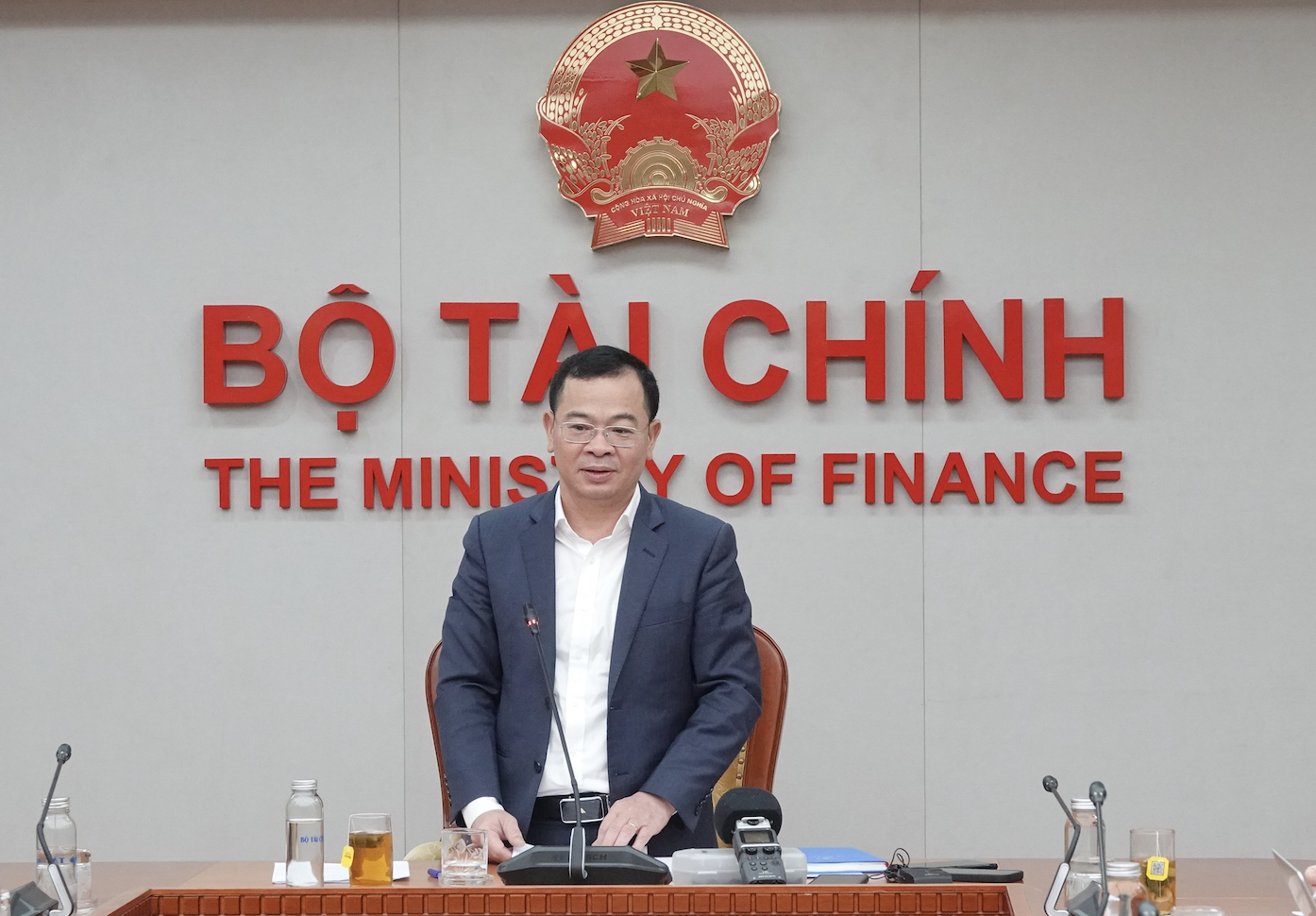
Director Nguyen Tan Thinh said that, as the agency guiding and synthesizing the results of the general inventory, the Department of Public Asset Management has assigned specialized staff to support ministries, branches and localities in the implementation process.
At the same time, there are timely additional instructions on the general inventory; conducting inspections of the preparation and inventory work of public assets in a number of ministries, branches and localities.
However, up to now, many ministries, branches and localities are still behind schedule. He emphasized that the general inventory of public assets is an extremely difficult task, requiring encouragement and sharing from ministries, branches, central and local agencies, and accompanying financial agencies in performing assigned tasks.
March 31 is the deadline for units to directly inventory and complete the work, meaning there is not much time left. Therefore, localities need to clearly identify the causes and have specific solutions, otherwise the possibility of delay is very high.
The Ministry of Finance requests ministries, central agencies, and People's Committees of provinces and cities to review and consolidate the Inventory Steering Committee; direct units subject to organizational restructuring to speed up the progress of the general inventory and hand over the work that has been and is being implemented related to the general inventory to the (new) agencies and units after restructuring the organizational structure.
11,034 real estate properties left empty and used for improper purposes
Regarding unused or ineffective public assets, Mr. Thinh said that the Ministry of Finance has reported to the Prime Minister for instructions. The Government Office has issued a document directing ministries, branches and localities to focus on reviewing and arranging the use of surplus public assets, especially real estate facilities.
According to statistics based on reports from ministries, branches and localities, by the end of 2024, the country will have 11,034 unused, inefficiently used and misused real estate properties. Of which, at the time of inventory, only 3,780 real estate properties had a decision to be handled by competent authorities.
“We also see that in the list of these real estate facilities, they are mainly educational facilities in places where administrative units at commune and district levels have been merged, concentrated in cultural houses, schools, medical stations, etc.,” he said.
Based on the above reality, the Ministry of Finance has requested ministries, branches and localities to develop and issue specific plans to deal with surplus real estate facilities, and at the same time determine the responsibilities of agencies and units.
In addition, regular updates are required, because the review and streamlining of the apparatus is continuing to be implemented, resulting in surplus public assets.
Director Nguyen Tan Thinh noted that all the guidance documents were in place before the reorganization was carried out and must be inventoried and classified. In the reorganization of the apparatus, the new unit inherits and is responsible for arranging and using the inherited assets appropriately.
Accordingly, movable assets must be moved to a new location. Non-movable assets such as real estate must accept the reality that when units merge, there will be some locations with insufficient headquarters. Surplus headquarters can be reclaimed or transferred to other units for use.
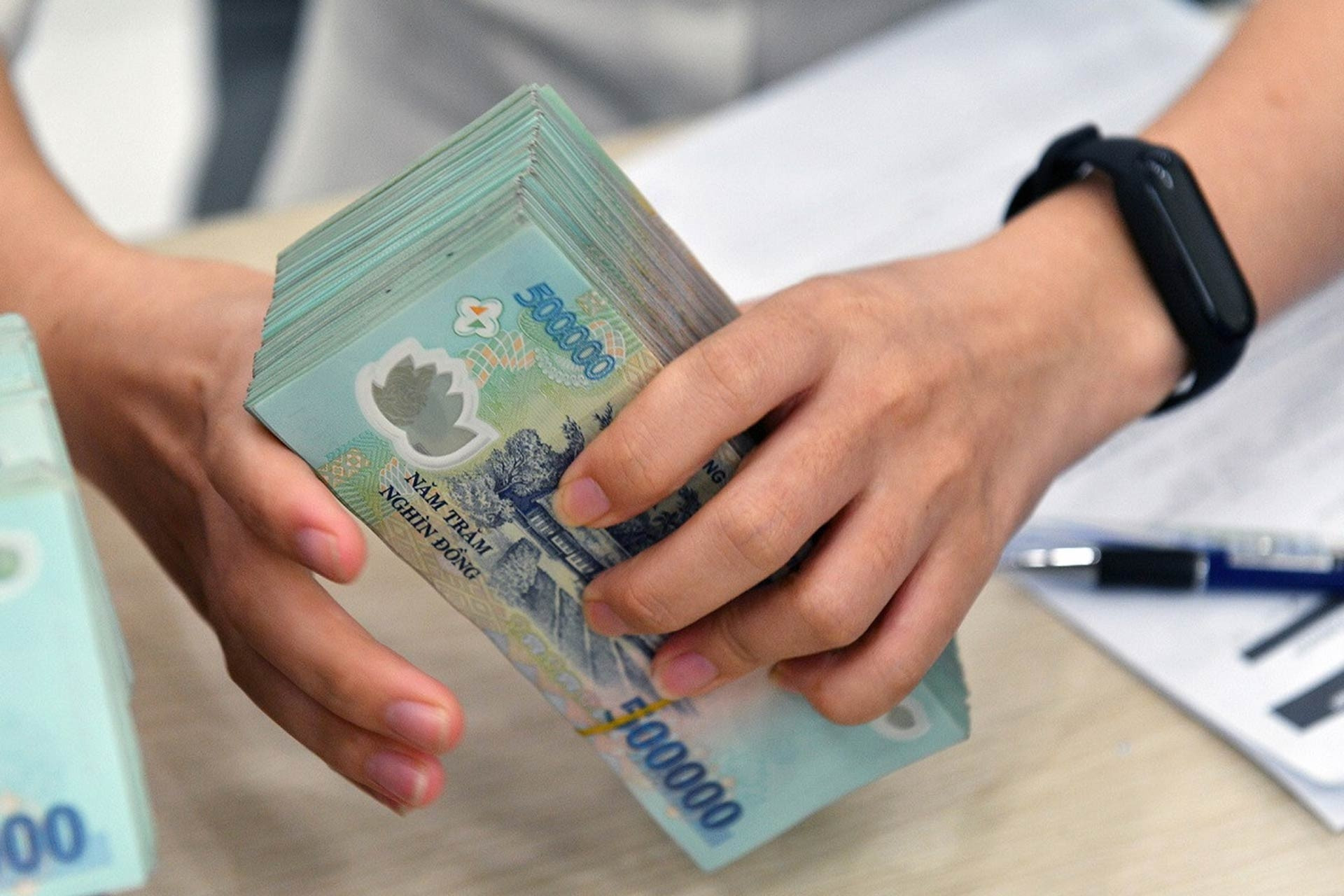
Source: https://vietnamnet.vn/bo-tai-chinh-thong-tin-ket-qua-kiem-ke-tai-san-cong-doi-du-sau-tinh-gon-bo-may-2380696.html



![[Photo] President Luong Cuong presents the 40-year Party membership badge to Chief of the Office of the President Le Khanh Hai](https://vphoto.vietnam.vn/thumb/1200x675/vietnam/resource/IMAGE/2025/5/19/a22bc55dd7bf4a2ab7e3958d32282c15)
![[Photo] Close-up of Tang Long Bridge, Thu Duc City after repairing rutting](https://vphoto.vietnam.vn/thumb/1200x675/vietnam/resource/IMAGE/2025/5/19/086736d9d11f43198f5bd8d78df9bd41)
![[Photo] Panorama of the Opening Ceremony of the 43rd Nhan Dan Newspaper National Table Tennis Championship](https://vphoto.vietnam.vn/thumb/1200x675/vietnam/resource/IMAGE/2025/5/19/5e22950340b941309280448198bcf1d9)




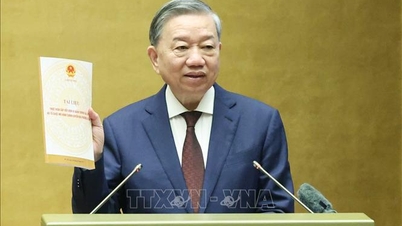

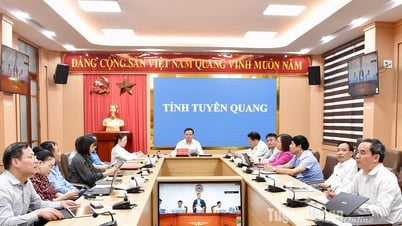

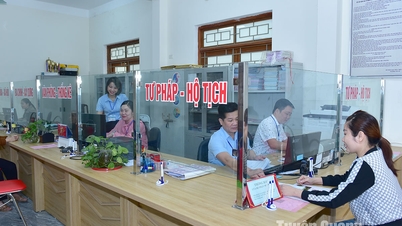



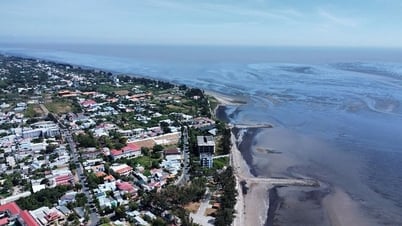





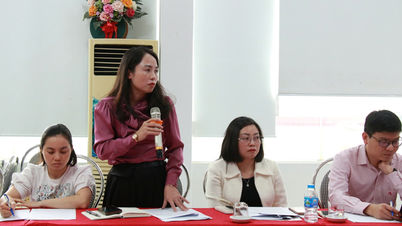











![[Photo] General Secretary To Lam attends the conference to review 10 years of implementing Directive No. 05 of the Politburo and evaluate the results of implementing Regulation No. 09 of the Central Public Security Party Committee.](https://vphoto.vietnam.vn/thumb/1200x675/vietnam/resource/IMAGE/2025/5/19/2f44458c655a4403acd7929dbbfa5039)
















































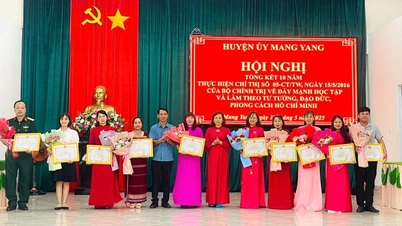

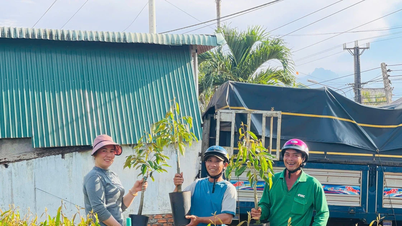






![[VIDEO] - Enhancing the value of Quang Nam OCOP products through trade connections](https://vphoto.vietnam.vn/thumb/402x226/vietnam/resource/IMAGE/2025/5/17/5be5b5fff1f14914986fad159097a677)



Comment (0)